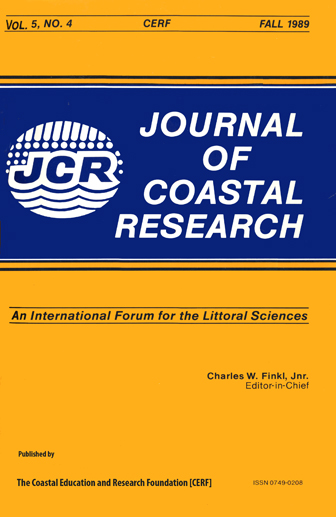Mobility and Speciation of Cadmium and Lead in Polluted Seawater of Port Phillip Bay, Australia: Management Implications
Keywords:
Cadmium and Lead Mobility, Seawater, Effluent Discharge Management, Estuarine Geochemistry, Port Phillip Bay, AustraliaAbstract
Cadmium in the waters of Port Phillip Bay. Victoria, Australia is mainly dissolved (69-75%) and widely dispersed whilst Pb is predominantly particulate bound (73-77%) and settles more rapidly. Hence, one major discharger of Cd has polluted much of the Bay whilst many sources of Pb have not had such a relatively large impact. Accumulation of Cd and Pb in clean translated mussels (Mytilus edulis) to the Bay indicates Cd is accumulated independent of position in the water column whilst mussels placed immediately above the bottom accumulated significantly more Pb. Upon cessation of discharge, Cd levels are likely to drop more rapidly than those for Pb because of its tendency to dissolve, remain in the water column and be flushed out. Lead, which is associated with settleable organic and carbonate particulates will probably persist. The discharge of Cd and Pb contaminated effluents is discussed in relation to management, beneficial uses and physical characteristics of receiving waters, water quality criteria and human health standards for edible biota.


